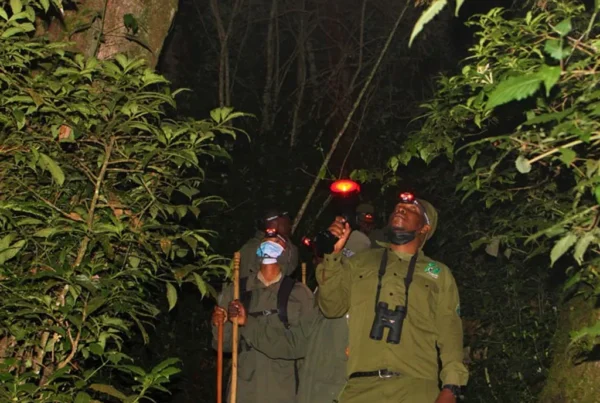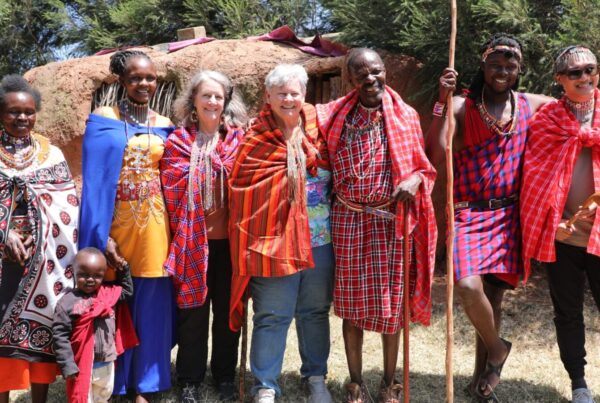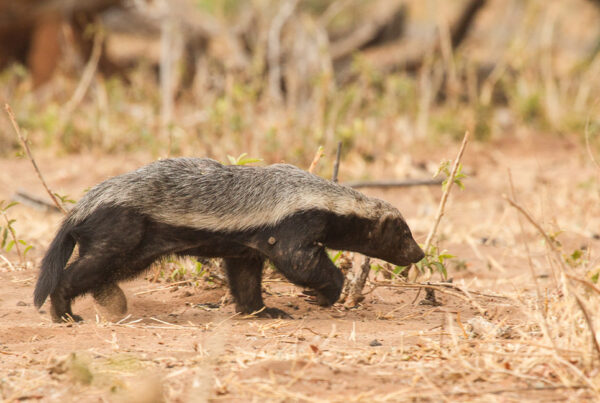White Water Rafting at Mgahinga Gorilla National Park: Frequently Asked Questions with Limited Time
Adventure at the Edge of the Virungas
In the far southwestern corner of Uganda, where the borders of Rwanda and the Democratic Republic of Congo converge, lies the extraordinary Mgahinga Gorilla National Park. Known primarily as a sanctuary for mountain gorillas and golden monkeys, this park is often celebrated for its volcanic peaks and rich cultural heritage. Yet, for families and adventurous travelers alike, there is another thrilling activity often overlooked but deeply rewarding—white water rafting in the rivers and streams flowing from the volcanic slopes.
When time is limited, visitors often wonder whether rafting at Mgahinga is possible, worthwhile, and compatible with the park’s other celebrated attractions. This is where understanding the most frequently asked questions becomes vital. Responsible planning, an appreciation for the environment, and a willingness to embrace both culture and nature are key to making the most out of such a rare opportunity.
This guide addresses the essential concerns travelers raise when seeking to experience white water rafting at Mgahinga Gorilla National Park with limited time, providing detailed insights to ensure every moment is maximized without compromising responsibility.
Can White Water Rafting Really Be Done at Mgahinga?
The most common question is whether white water rafting is truly feasible at Mgahinga, given its reputation as a gorilla trekking destination. The truth is that while the park is not traditionally promoted for rafting in the same way as the Nile in Jinja, seasonal rivers and volcanic streams around the park offer thrilling and scenic rafting experiences. These waters, though less commercialized, provide families and adventurers with an authentic, untouched environment where rafting is both possible and deeply rewarding.
The rivers are fed by rainfall from the volcanic peaks, creating rapids of varying intensity. Depending on the season, the water levels can be either fast and powerful or calmer and more suited to families. Unlike other popular rafting sites, the charm here lies in the intimacy of the setting, where rafters are surrounded by the sounds of birds, the sight of mist-draped volcanoes, and a sense of wilderness rarely matched elsewhere.
How Much Time Is Needed for White Water Rafting?
For visitors with limited time, the question of how long rafting takes is critical. A typical rafting session near Mgahinga ranges between two to four hours, depending on the chosen stretch of river and the season’s water levels. This makes it possible to combine rafting with other park activities, such as a short golden monkey trek or a visit to the Batwa cultural trail.
Travelers must, however, plan carefully. It is often recommended that rafting be scheduled either in the early morning or afternoon, leaving room for another half-day activity. With responsible operators, families can make the most of even a single day, experiencing both the thrill of white water and the wonder of the gorilla kingdom.
Is White Water Rafting Safe for Families?
Safety is often a concern, especially for families with children. The rivers around Mgahinga vary in intensity, with some stretches offering gentle rapids suitable for beginners, while others challenge even seasoned rafters. Professional guides, many of whom are trained locally and familiar with the terrain, ensure that safety remains paramount.
Children are usually introduced to the calmer sections, with strict adherence to protective gear and clear instructions. Families are encouraged to communicate openly with their guides about comfort levels, ensuring that the chosen rafting experience matches their expectations. The emphasis on safety reflects not only the professionalism of the operators but also the understanding that responsible tourism must protect both visitors and the environment.
What Makes Rafting at Mgahinga Unique Compared to Other Destinations?
Another frequently asked question is why one should choose rafting at Mgahinga when Uganda offers world-renowned rafting experiences at the Nile. The answer lies in the distinctive setting. Mgahinga is defined by its volcanic backdrop, lush rainforests, and proximity to gorilla habitats. Rafting here is not simply about conquering rapids—it is about immersing oneself in a natural and cultural landscape that feels untouched.
The rivers of Mgahinga are narrow, winding through forested gorges and offering intimate encounters with birdlife, butterflies, and sometimes even monkeys playing in the trees above. The absence of large crowds enhances the experience, giving families a sense of exclusivity. While the Nile may offer larger rapids, Mgahinga offers an adventure woven seamlessly into the park’s broader narrative of conservation and cultural heritage.
How Should Travelers Prepare for Rafting at Mgahinga?
Preparation is often overlooked but forms the backbone of responsible rafting. Families are encouraged to pack lightly, avoiding plastics that could harm the fragile ecosystem. Wearing quick-dry clothing, sunscreen, and sturdy water shoes enhances comfort. Most importantly, travelers must be ready to listen attentively to guides, whose instructions ensure not only safety but also environmental respect.
Mental preparation is equally significant. Rafting is both thrilling and demanding, requiring a willingness to embrace unpredictability. For families with children, explaining in advance what to expect reduces anxiety and transforms the experience into one of shared excitement. By preparing adequately, visitors can maximize the short time available while leaving a minimal footprint on the environment.
Can Rafting Be Combined with Gorilla Trekking in Limited Time?
The dream of many visitors to Mgahinga is to see gorillas and enjoy adventure in the same trip. With limited time, this appears challenging, but with proper planning, it is indeed possible. Gorilla trekking typically consumes most of a day, beginning in the morning and ending by early afternoon. If rafting is scheduled for the following day, families can enjoy both without feeling rushed.
Attempting both in a single day is not advisable, as it risks diminishing the richness of each experience. Responsible travel emphasizes quality over quantity, encouraging families to savor each activity rather than simply ticking boxes. By allowing at least two days, one for rafting and one for gorilla trekking, the trip becomes both fulfilling and respectful to the park’s rhythm.
How Does Rafting Support Conservation and Local Communities?
A crucial question for responsible travelers is whether rafting benefits the park and its surrounding communities. The answer is a resounding yes. Local guides and operators derive income from rafting activities, reducing reliance on forest resources and thereby contributing to conservation. Entrance fees and permits further support the Uganda Wildlife Authority’s efforts to protect gorillas, golden monkeys, and other endangered species.
Families who choose to raft at Mgahinga also contribute indirectly to community projects, from schools to healthcare initiatives, as tourism revenues often fund local development. This creates a cycle of sustainable tourism, where visitors enjoy unforgettable experiences while ensuring that their presence leaves positive impacts behind.
Making the Most of Limited Time in Mgahinga
White water rafting at Mgahinga Gorilla National Park offers an exhilarating yet responsible way to connect with Uganda’s wilderness. While it may not carry the fame of rafting on the Nile, its uniqueness lies in its volcanic setting, cultural richness, and intimacy with nature. For families or adventurers with limited time, rafting here becomes a gateway to both thrill and reflection.
By planning carefully, preparing responsibly, and respecting the environment, visitors can enjoy rafting alongside other park activities without feeling rushed. Whether combined with gorilla trekking or experienced as a stand-alone adventure, rafting at Mgahinga becomes an unforgettable part of any Ugandan journey.
For travelers seeking to explore not only Mgahinga but also Uganda’s other breathtaking treasures, it is highly recommended to plan with WildHorn Africa. Their expertise in crafting sustainable African safaris ensures that every moment is enriching, responsible, and transformative, leaving both families and the destinations they visit better for the journey.





 WildHorn Africa – Authentic and unforgettable tours across Africa, guided by local experts who know the land, wildlife, and culture best.
WildHorn Africa – Authentic and unforgettable tours across Africa, guided by local experts who know the land, wildlife, and culture best.


